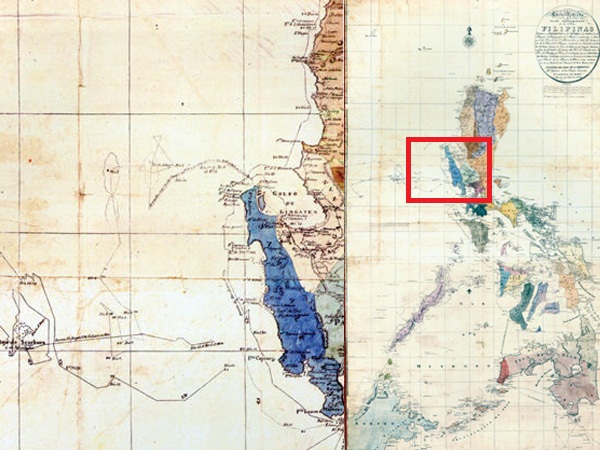Chandigarh - Punjab Revenue and NRI Affairs Minister Bikram Singh Majithia on Friday sought better coordination with Canada to redress the grievances and disputes pertaining to Non Resident Indians. Majithia sought this cooperation from Canada when Consul General of Canada, Scot Slessor called on him at his residence.Majithia said that constant and better coordination between Punjab Government and Canadian Government would also create new job avenues for Punjabi youth besides strengthening the ties of both countries in agriculture, business, industrial and skill management and skill training sectors. He also emphasised on the need to initiate joint ventures between young entrepreneurs of both the countries.
He also informed that in view of exchanging agriculture techniques the Punjab and Alberta State of Canada would soon sign an MoU of Agriculture Cooperation. Majithia said that Punjab can play a major role to establish stronger bilateral relations between India and Canada.
He said that Canada was facing a shortage of skilled workers and this problem can be solved by Punjab by providing skilled workers to Canada. He said that Canada should coordinate with Punjab Government to take forward the concept of Twin City for the training of skilled workers.
Slessor invited the delegation of Punjab Government’s officials from departments like Agriculture, Education and Industry to identify the job opportunities for punjabi youth according to requirement of Canadian Government.
He said that the farmers of Punjab can also replicate the modern techniques of farming in Canada here to make farming sector more earning through scientific and environment friendly methods. He also exhorted the Punjabi youths for their hard work and enterprising spirit for further acceleration Canada’s development.
He also informed that in view of exchanging agriculture techniques the Punjab and Alberta State of Canada would soon sign an MoU of Agriculture Cooperation. Majithia said that Punjab can play a major role to establish stronger bilateral relations between India and Canada.
He said that Canada was facing a shortage of skilled workers and this problem can be solved by Punjab by providing skilled workers to Canada. He said that Canada should coordinate with Punjab Government to take forward the concept of Twin City for the training of skilled workers.
Slessor invited the delegation of Punjab Government’s officials from departments like Agriculture, Education and Industry to identify the job opportunities for punjabi youth according to requirement of Canadian Government.
He said that the farmers of Punjab can also replicate the modern techniques of farming in Canada here to make farming sector more earning through scientific and environment friendly methods. He also exhorted the Punjabi youths for their hard work and enterprising spirit for further acceleration Canada’s development.
